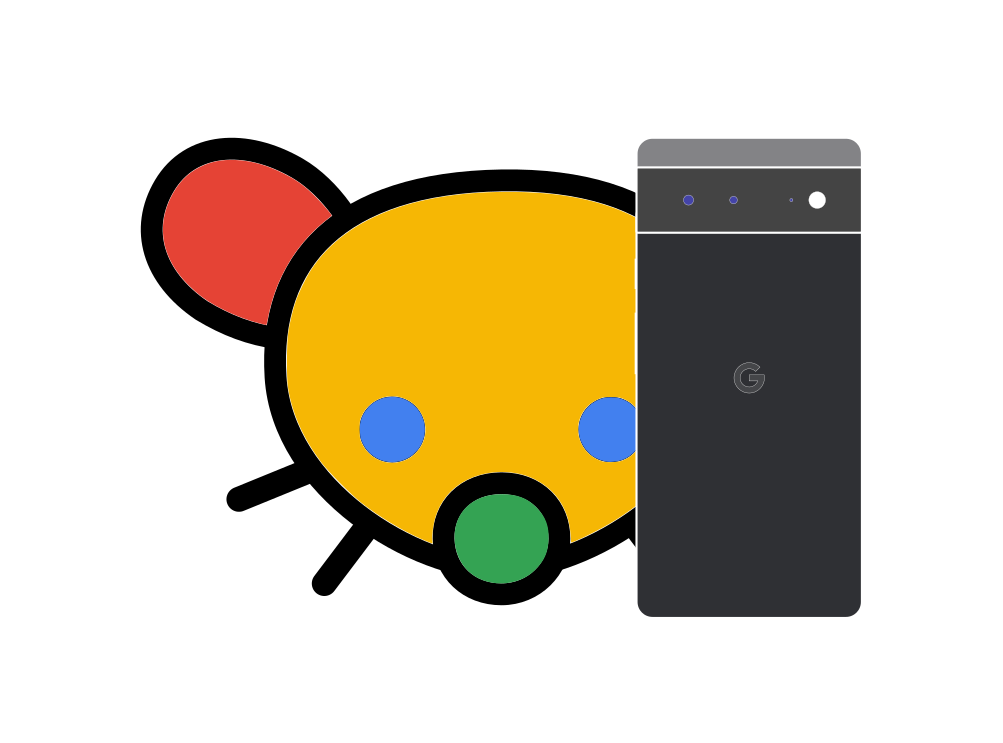

5·
7 months agoI’m using the public instance routinely, and it does the job well.
Sono un dottorando in astronomia. Non sopporto le “questioni di orgoglio” e le “questioni di reputazione”.


I’m using the public instance routinely, and it does the job well.


It may be something like that. I have a 6a and a screen protector on. You can do a test: if you lock the phone and cover the upper part (where the front camera is), the tap-to-wake doesn’t work, but works again when you uncover.


As for touch to wake, it doesn’t work when the proximity / light sensor next to the front camera is covered.
Unfortunately, I’m not familiar with raise to wake.


Thanks a lot!!
The most important aspect is peer review. At least in physics, journals assign your paper to an Editor (a scientist), that may reject it directly if it is not scientific. If it is, they will send it to another scientist to read the work and (a) suggest rejection, (b) suggest accepting the work directly or © in the most common scenario accept the paper for publication after some revisions. The editor reads the review and the informs the author of the paper accordingly, and the story iterates until the work is fine for the reviewer. There can be more than one reviewer (a.k.a. referee). The editor is what the journal offers, together with some spell checking service before publication. Editors are payed, and referees only sometimes.
There are notable, noble exceptions known as diamond open access journals, like my favourite: the Open Journal of Astrophysics